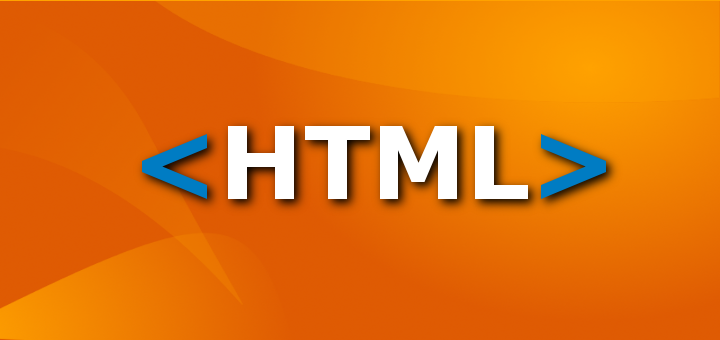Module 1: HTML - HTML Introduction
Overview
The "HTML Introduction" part of Module 1 in our web development course focuses on providing an in-depth look into the HyperText Markup Language (HTML), the primary language used to create web pages and applications. This module is designed to equip learners with the foundational skills needed to understand and effectively use HTML in various web development scenarios.
What is HTML?
HTML stands for HyperText Markup Language. It is not a programming language but a markup language that defines the structure of web content. Developed by Tim Berners-Lee in the early 1990s, HTML is the standard language used to create and design web pages. It consists of a series of elements, which browsers use to render web pages. These elements are represented by tags such as <h1>, <p>, <div>, <span>, and many more.
Core Features of HTML
- Structure: HTML provides the basic structure of sites, which is enhanced and modified by other technologies like CSS and JavaScript.
- Easy to Learn: Compared to other programming languages, HTML is relatively easy to learn and implement.
- Versatility: HTML forms the backbone of almost all types of websites, from small personal blogs to complex, dynamic applications.
Learning Objectives
- Understanding HTML Syntax: Learn the basic syntax of HTML, including tags, attributes, and document structure.
- Exploring Core HTML Tags: Get familiar with fundamental HTML tags for text formatting, link creation, image insertion, and organizing content with elements like lists and tables.
- Building Simple Web Pages: Use HTML to construct a basic web page with text, links, images, and tables.
Importance of HTML in Web Development
HTML is crucial for web development because it creates the framework for web browsers to interpret and display content. Every website you see online uses HTML at its core, even if technologies on top of it vary. Understanding HTML is essential for any web developer because it is the foundation on which web development skills are built. Furthermore, HTML is necessary for:
- SEO: Proper use of HTML tags and structure improves SEO, helping websites to rank higher in search engines.
- Accessibility: Correct use of HTML makes web content accessible to people with disabilities, meeting legal accessibility requirements.
Tools and Resources
Learn how to use HTML in text editors like Visual Studio Code, Atom, or Sublime Text. Understand the use of browser developer tools to inspect and debug HTML on any web page.
🔗 Other Useful Links
- News By Amurchem
- Free Web Development Course
- All-in-One Exam Prep Portal
- Articles by Amurchem
- Grade 12 Section
- Grade 11 Section
- Grade 10 Section
- Grade 09 Section
- Advanced Artificial Course
- Home and Online Tuition
- Labs By Amurchem
- Science Lectures By Amurchem
© 2025 AmurChem. All rights reserved.






